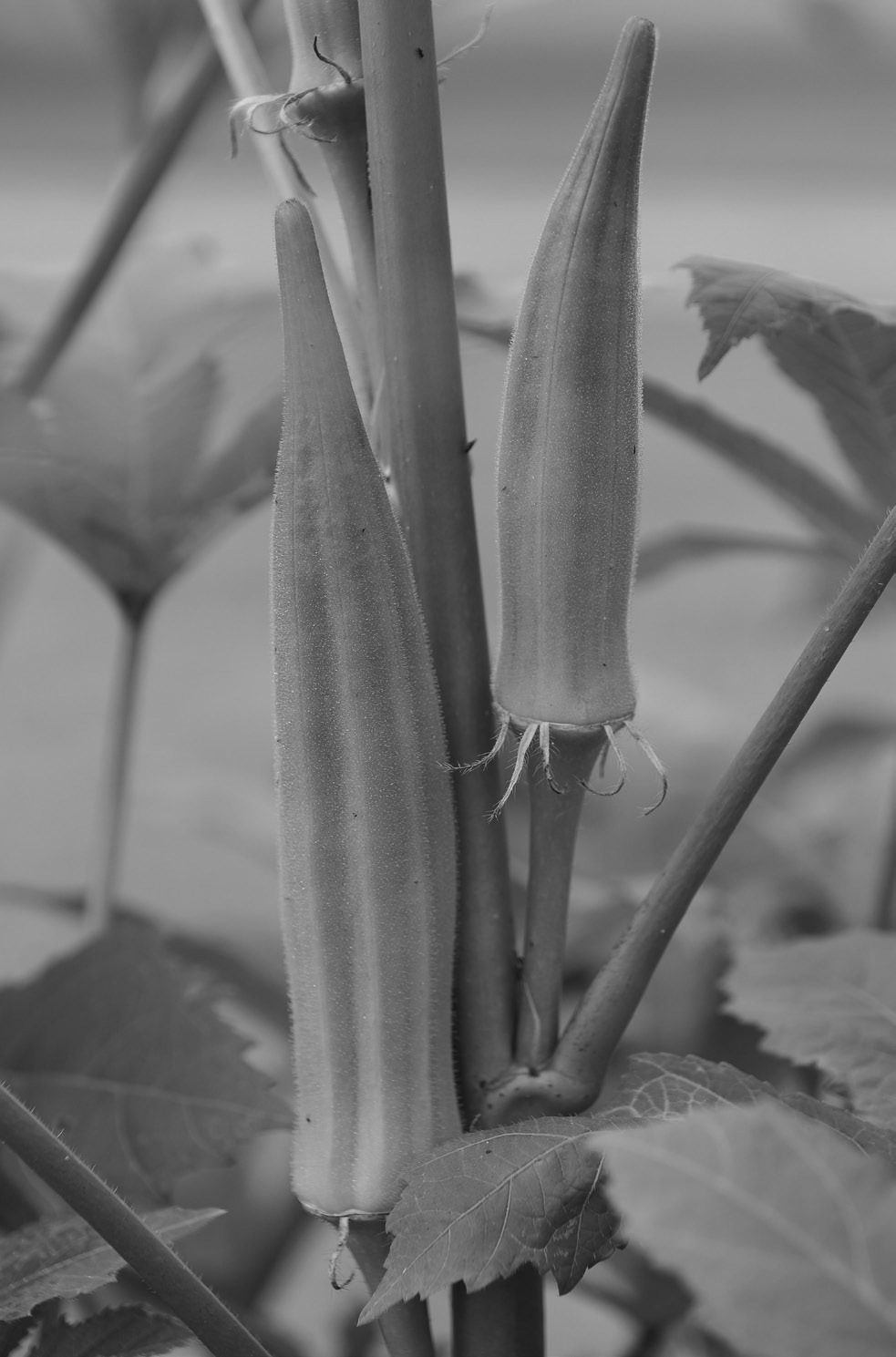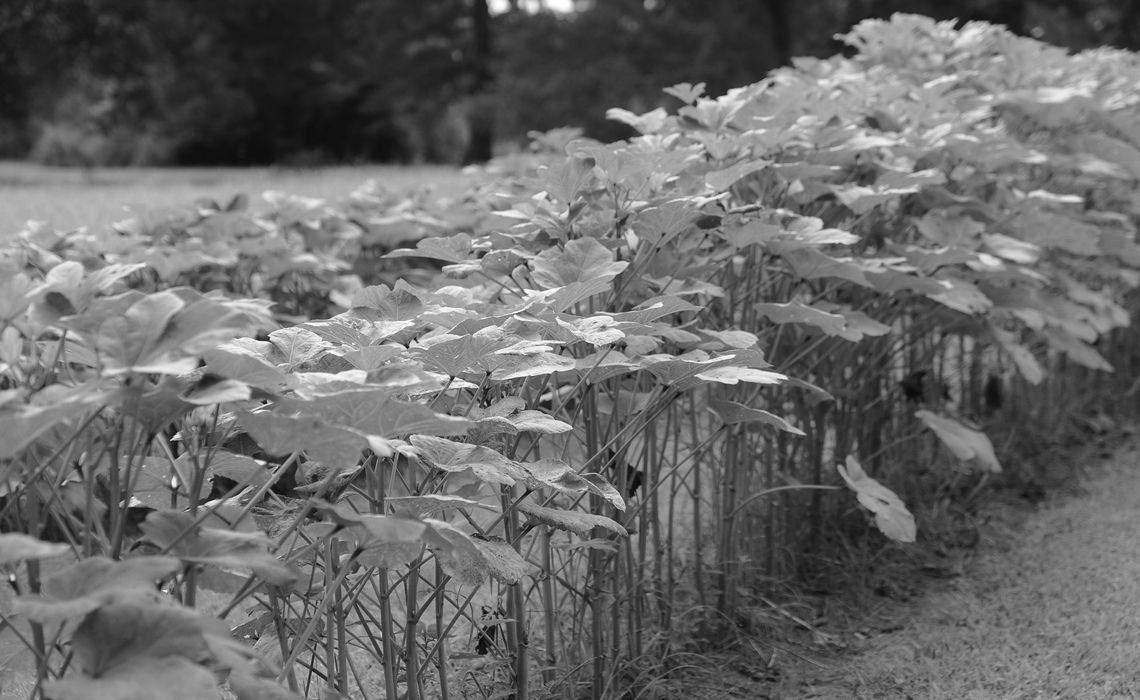Get it growing
Okra holds a special place in the hearts of many Louisianans. For some, it’s an essential ingredient in gumbo, and for others, it’s a must-grow crop in the summer vegetable garden.
It’s no wonder why: Okra is tasty and nutritious. It’s easy to grow and prolific, even in intense heat.
“It is very tolerant of our hot summers,” said Clark Robertson, an LSU AgCenter horticulture agent in Livingston Parish. “It does well from June all the way up to frost.”
Most folks in Louisiana plant okra in April or May and harvest the fuzzy, green pods throughout the summer and early fall.
But you can plant okra all the way through early August — so, if you hurry, you still have time to get a crop in the ground. It takes about 60 days after planting for okra to form pods, and you want to reach this milestone before our first frost, which often comes sometime in November.
If you already have okra in your garden and want to extend the life of these plants, you can cut them back to knee height in the next few weeks, then fertilize with a light application of nitrogen or a vegetable garden blend. This will rejuvenate the plants, encouraging them to keep producing pods into the fall.
Okra is a much lower- maintenance crop than many vegetables, with few disease and insect problems. It is efficient at pulling the nutrients it needs from the soil, so it typically doesn’t need as much fertilizer as heavy feeders like tomatoes, eggplants and peppers. An application of complete fertilizer at planting followed by a light application before plants begin production is plenty, Robertson said.
“In fact, too much nitrogen will cause it to do more vegetative growth and less fruit production,” he said.
Check your garden daily for harvestable pods. They grow quickly, so they can go from being tender to too tough and woody almost overnight. Use a sharp knife or pruners to cut pods from plants.
“Harvest early and harvest often,” Robertson said. “You don’t want your pods to get too long.”
The ideal pod size varies by variety. Some gardeners like to harvest okra on the small side just to be safe. To tell whether a pod is still edible, squeeze it gently.
“If it’s not giving, it’s getting too tough,” Robertson said.
In that case, you can leave the pod on the plant. Allow it to turn brown and dry completely, then cut it off and break it open. You’ll have seeds to plant another okra crop next year.
Just don’t leave behind too many mature pods.
“One or two pods is fine, but if you leave too many, it will decrease production,” Robertson said.



